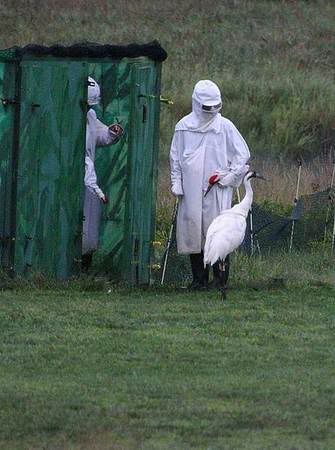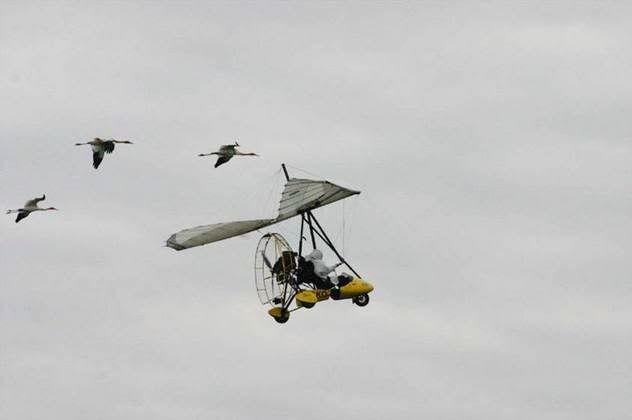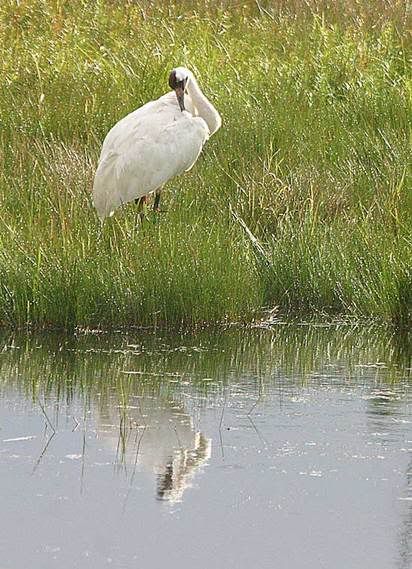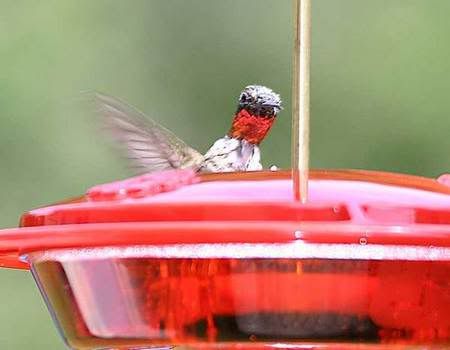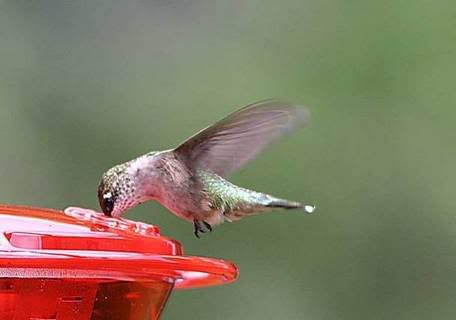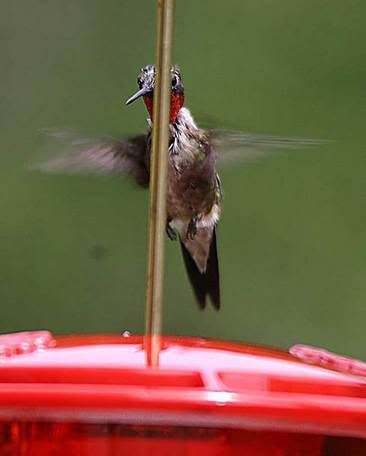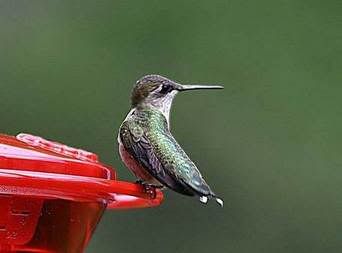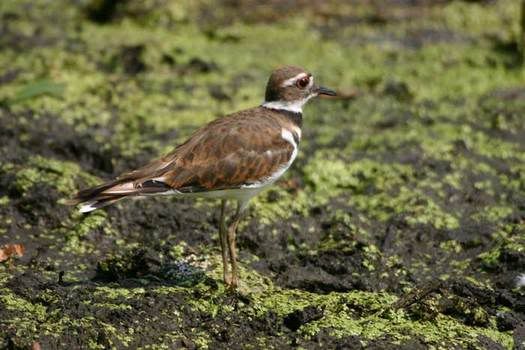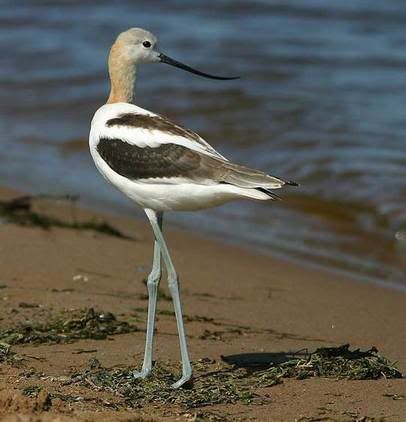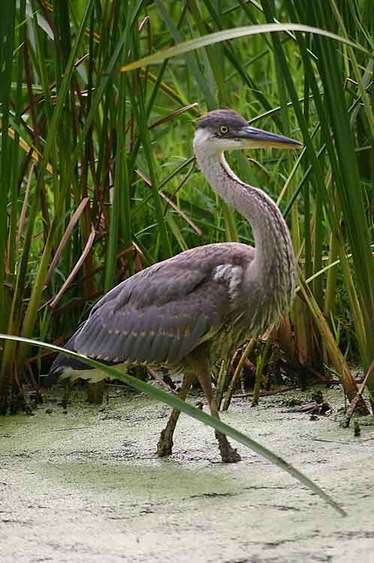The Comeback Cranes
The Whooping Crane is North America's tallest bird. A wild flock exists already, having been brought back from almost certain extinction numbers of 15 through intense conservation and wildlife management efforts. These birds summer in Alberta Canada and winter at the Aransas Wildlife Refuge in Texas. An online birding friend of mine, Ural Donohue, lives in Texas and once shared with me that she saw Whoopers in her back yard, probably en route during migration! I have been jealous of Ural ever since, but after yesterday, my green-eyed monster has been sufficiently fed.
I'm lucky to live about an hour's drive from the Necedah National Wildlife Refuge, where a second flock of cranes has been reared and trained to migrate to Florida, thereby establishing an eastern flock. This is the fifth year of this program, in which chicks are reared and then trained to follow an ultralight to the wintering grounds. All the previous birds have migrated independently after their first year. Though some have rather independent ideas of where to spend their summers, most return to central Wisconsin. These efforts are supported by Operation Migration, and a visit to their site will let you follow the progress of the birds. I learned that a few days each year, special tours are available to view the flight training. I couldn't wait to sign up.
Only problem was, the tours were all filled by 10am of the first sign-up day, when I was out of the country. I am very grateful to Bobbie Hjelmgren, Education Specialist for the refuge, for arranging three more tours this year. She had to get up early, too! For this kind of experience, along with the important work the Fish and Wildlife Service does, I have no problem paying my taxes.
Arriving right on time, we loaded up the van in the early morning dusk and headed past one of those gates that are locked and say "no public access." I already felt the thrill of the rare and forbidden! We were taken through an oak savannah restoration area that was loaded with Red-Headed Woodpeckers. I've heard one all year. One. To travel through here, one would think they're as common as, well, Common Grackles. We reached a swell in the landscape, into which was built a large viewing blind. Shuffling in, we found our spots.
Mark Nipper, one of the handlers, stopped in to answer questions before heading to the wet pen where the juveniles are housed. He was in his special suit, designed to shield the birds from human contact, and we all got a first hand look at the crane puppets they use to help the birds imprint on a crane likeness. The treat for the day was to be red grapes, fed from the puppet's mouth.
Mark headed down to the pen, and as the day brightened, two large white birds flew in on our right. A pair of adults has been creating problems daily at this training site. They have no desire to practice flying. They've learned that trick already. They're just there to see what kinds of treats they can score! Their presence must be a headache to the handlers, but it made for some entertaining moments as we watched Mark play "dominant crane" to chase them off!
